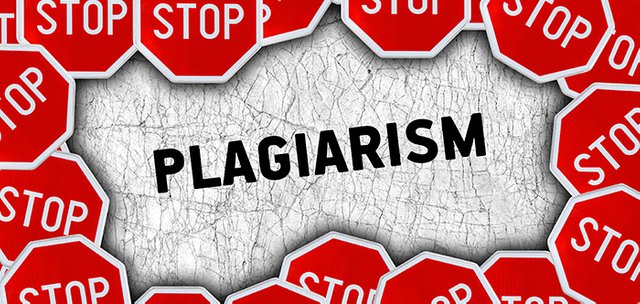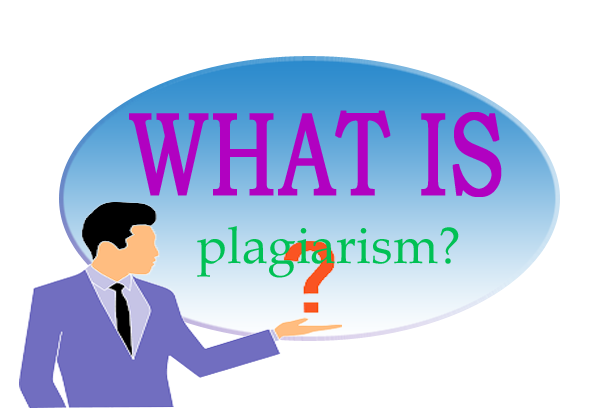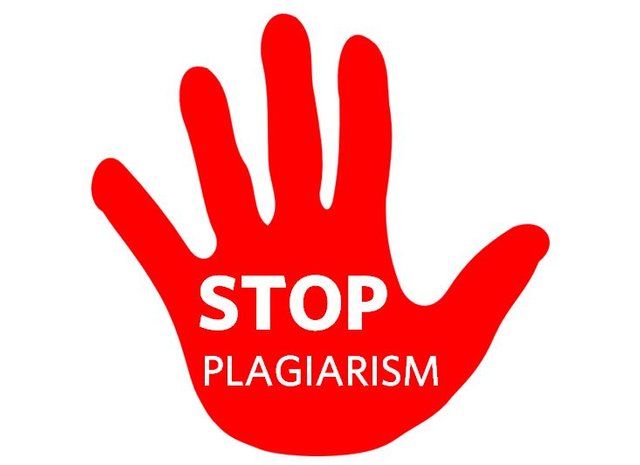Good day, all. I hope you all are good at your various locations.
There is a disease that is prevalent around the academic and intellectual world. This disease does not necessarily affect the human physical body but the product that comes from its intellect, and that is human intellectual property. This disease is plagiarism.
So the big question is; WHAT IS PLAGIARISM?
According to University of Oxford
”Plagiarism is presenting someone else’s work or ideas as your own, with or without their consent, by incorporating it into your work without full acknowledgement”." Source
From the above definition, plagiarism is stealing. It involves stealing someone’s intellectual properties without giving due credit. These intellectual properties cover works of human intellect such as inventions, designs, writings and artistic works, symbols (logos), images, etc.
Plagiarism has eaten deep into human society and is more common in the academic and research world where students and other researchers steal or plagiarize the work of others and make it look like theirs.
It is also prevalent in the entertainment and media industries where someone’s words, images, videos, sound (music), etc are incorporated into others work without acknowledging the source.
TYPES OF PLAGIARISM
There are different types of plagiarism. However, in this writing, I will look at just a few of them. They are:
- Self Plagiarism
- Mosaic Plagiarism
- Verbatim/Direct Plagiarism
SELF PLAGIARISM
Self-plagiarism is the act of reusing your previous work without notifying the reader or citing the original work. Simply put self-plagiarism means recycling your previous work.
It involves quoting previous work word for word, paraphrasing or re-submitting the entire work altogether.
MOSAIC PLAGIARISM
Mosaic plagiarism is the act of taking materials (words, phrases or sentences) from different sources without using quotation marks or citing the source of the material.
Students are mostly guilty of this type of plagiarism. Sometimes, they change words in the original text, replacing them with synonyms while leaving sentence structures.
VERBATIM/DIRECT PLAGIARISM
Verbatim/Direct plagiarism is a type of plagiarism in which an individual copies the work of others word-for-word (verbatim) without citation or using quotation marks.
So with all these, all humans must strive to stop plagiarism. This is because it negatively affects the credibility of work and strips researchers and content owners of the recognition they deserve.
That will be all for now and hope you find this post interesting. Thanks for reading.

Image Source



Congratulations.
You have completed this achivement. You can move on to the next achievement.
Downvoting a post can decrease pending rewards and make it less visible. Common reasons:
Submit
Hi, @jaysensordum,
Your post has been supported by @sm-shagor from the Steem Greeter Team.
Downvoting a post can decrease pending rewards and make it less visible. Common reasons:
Submit